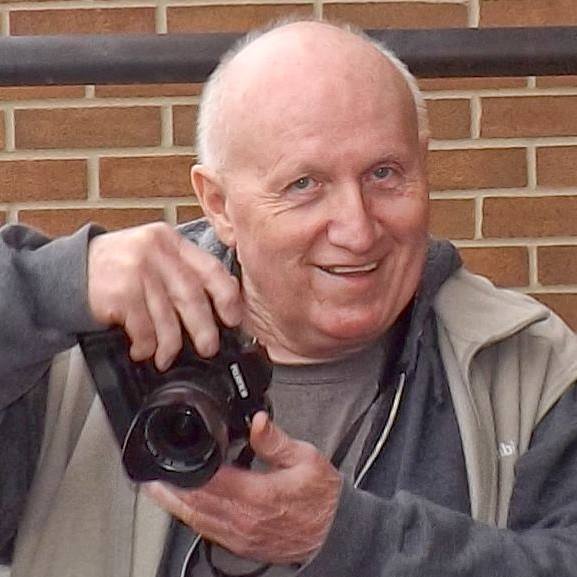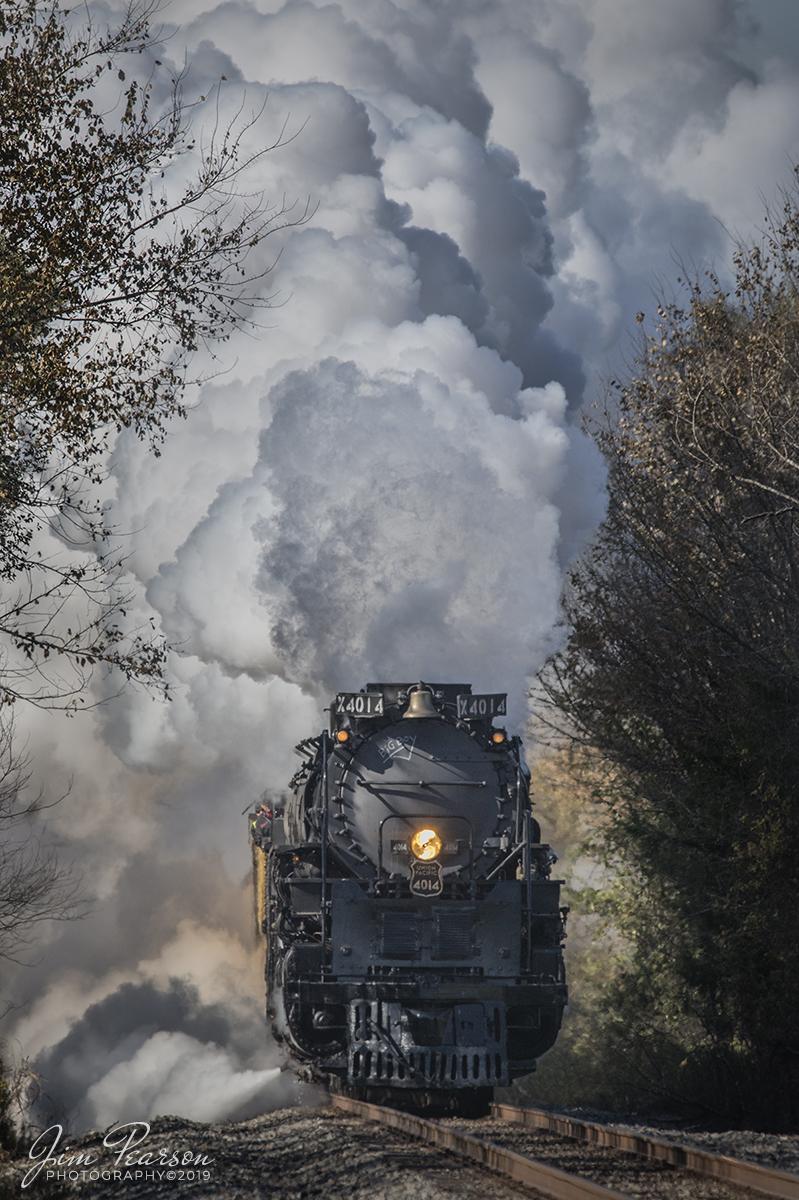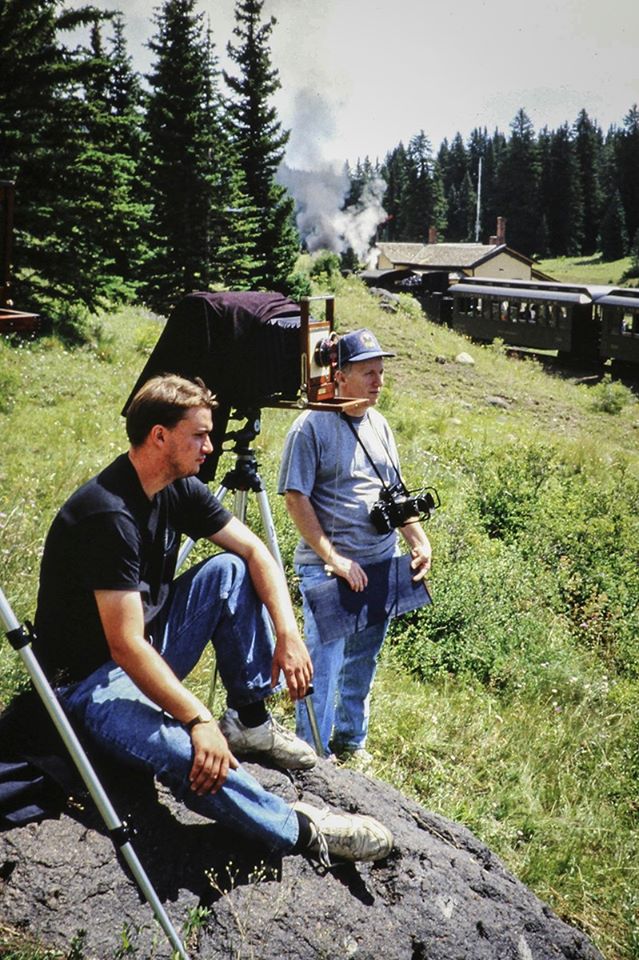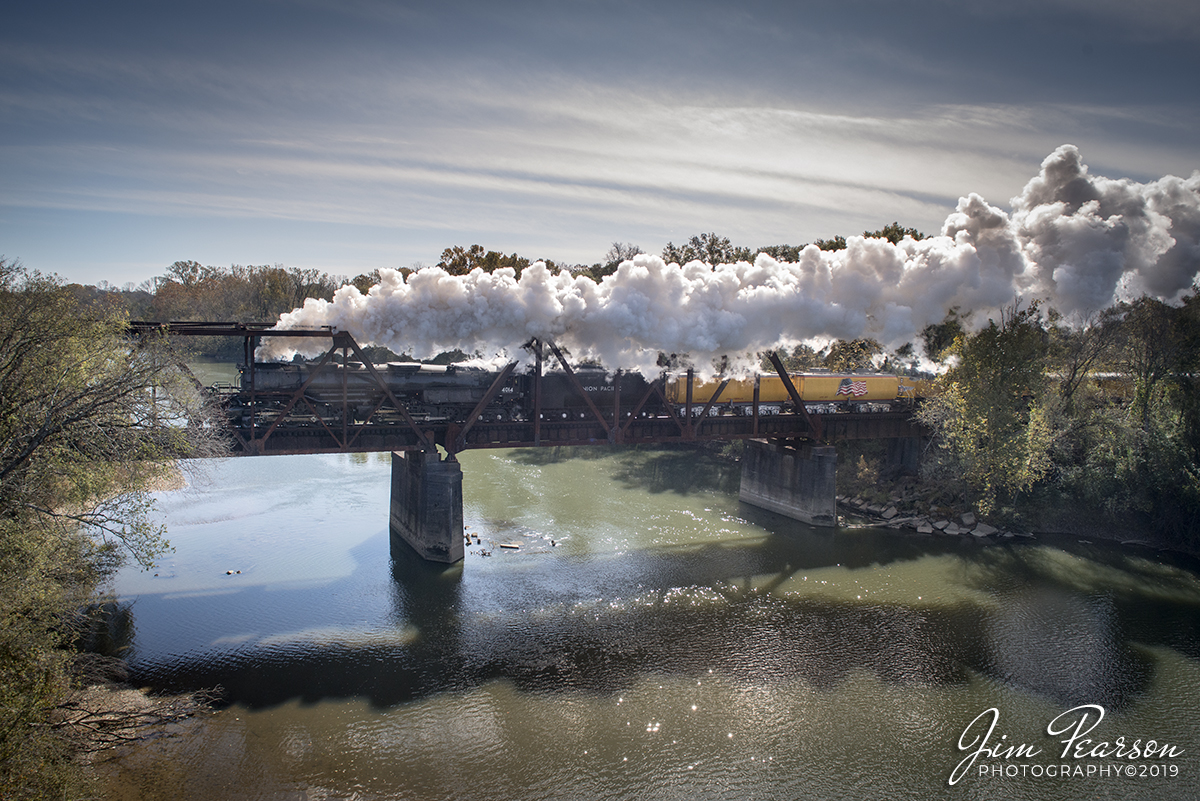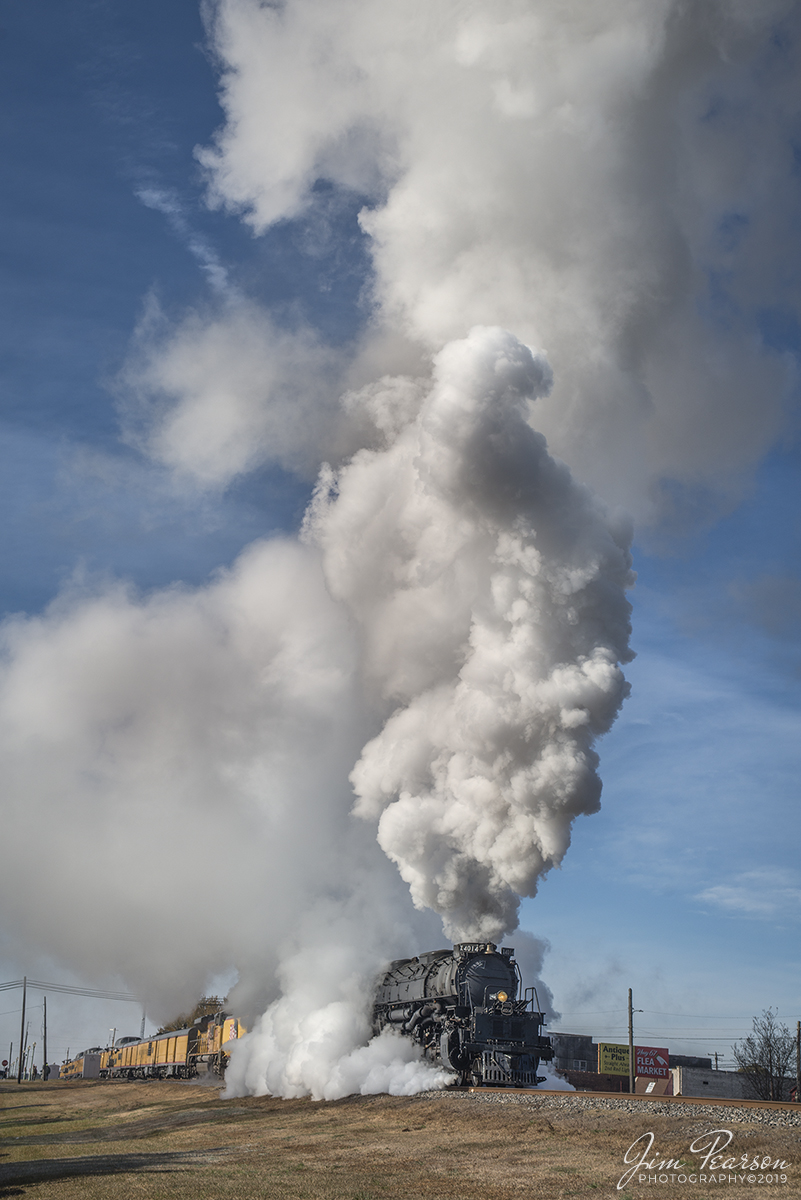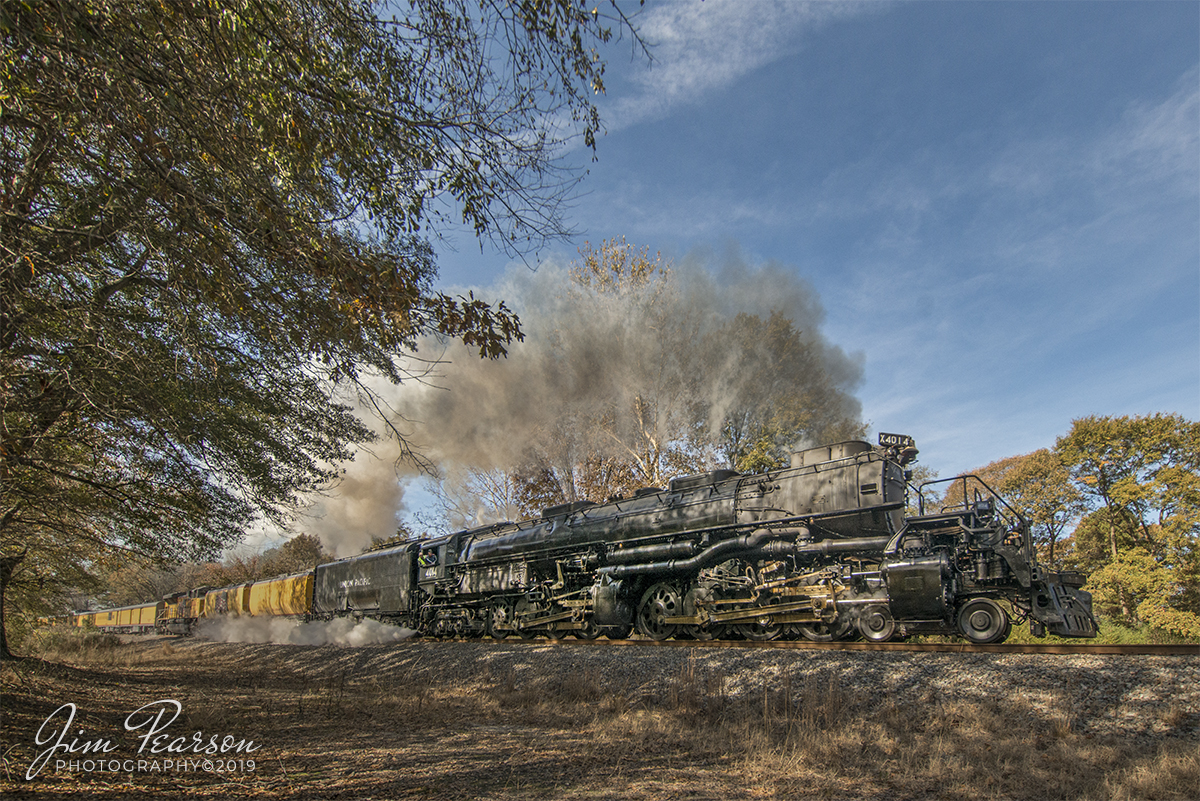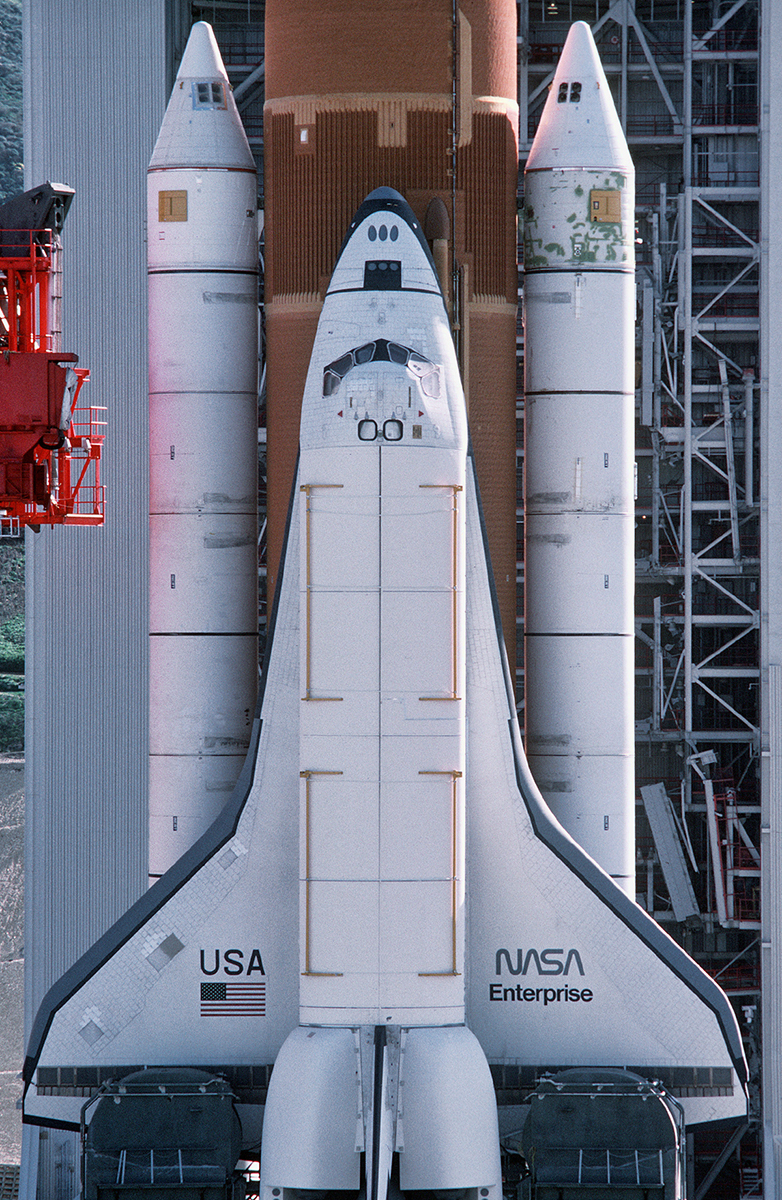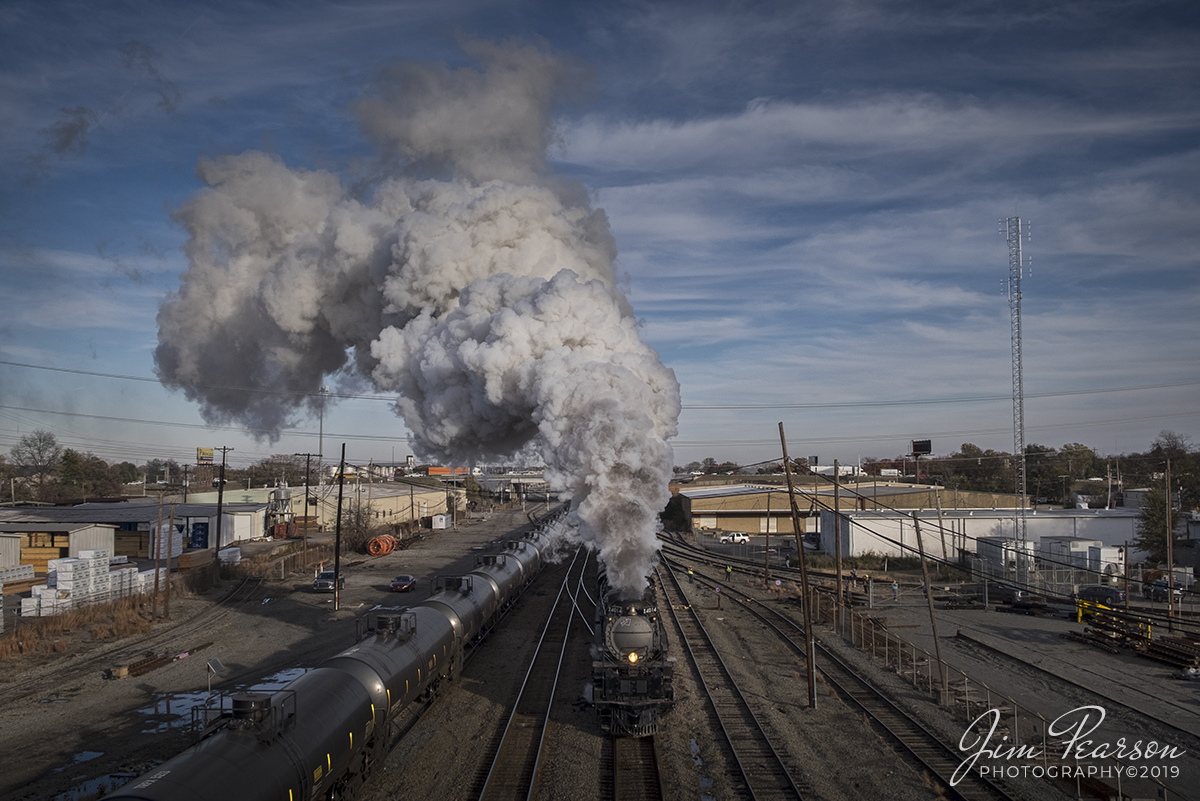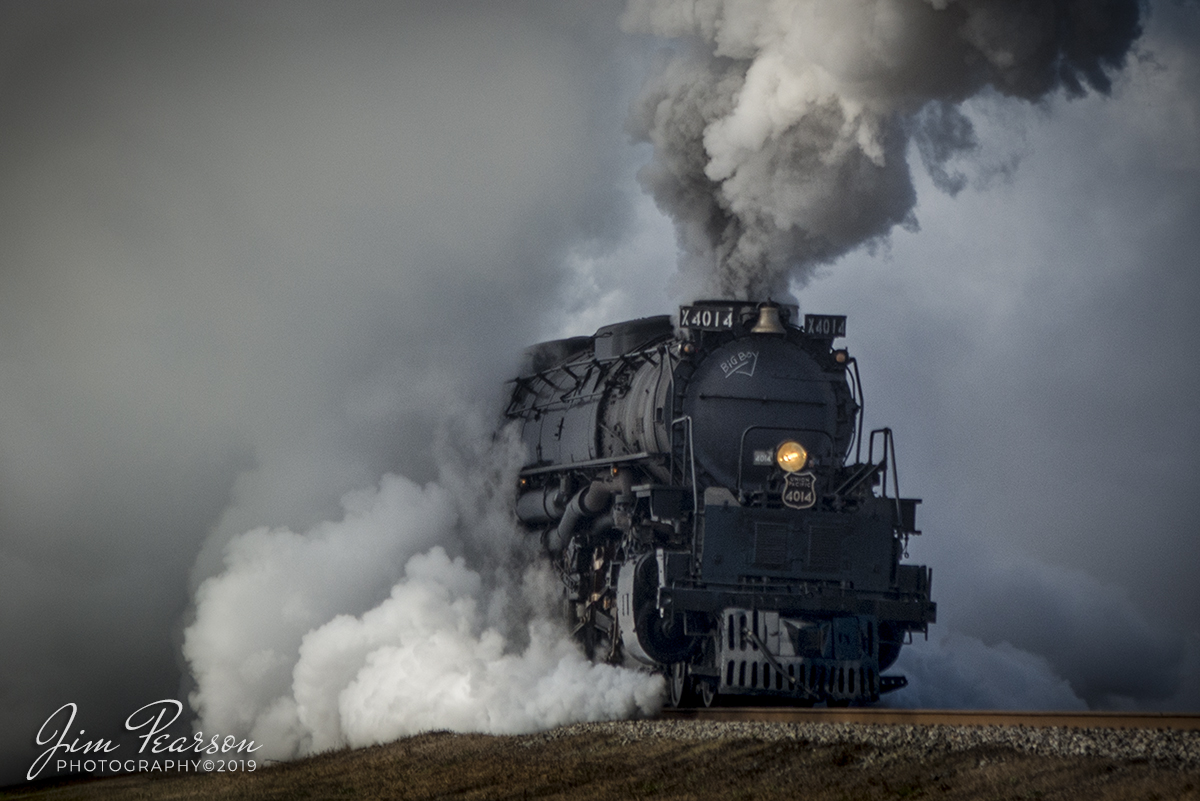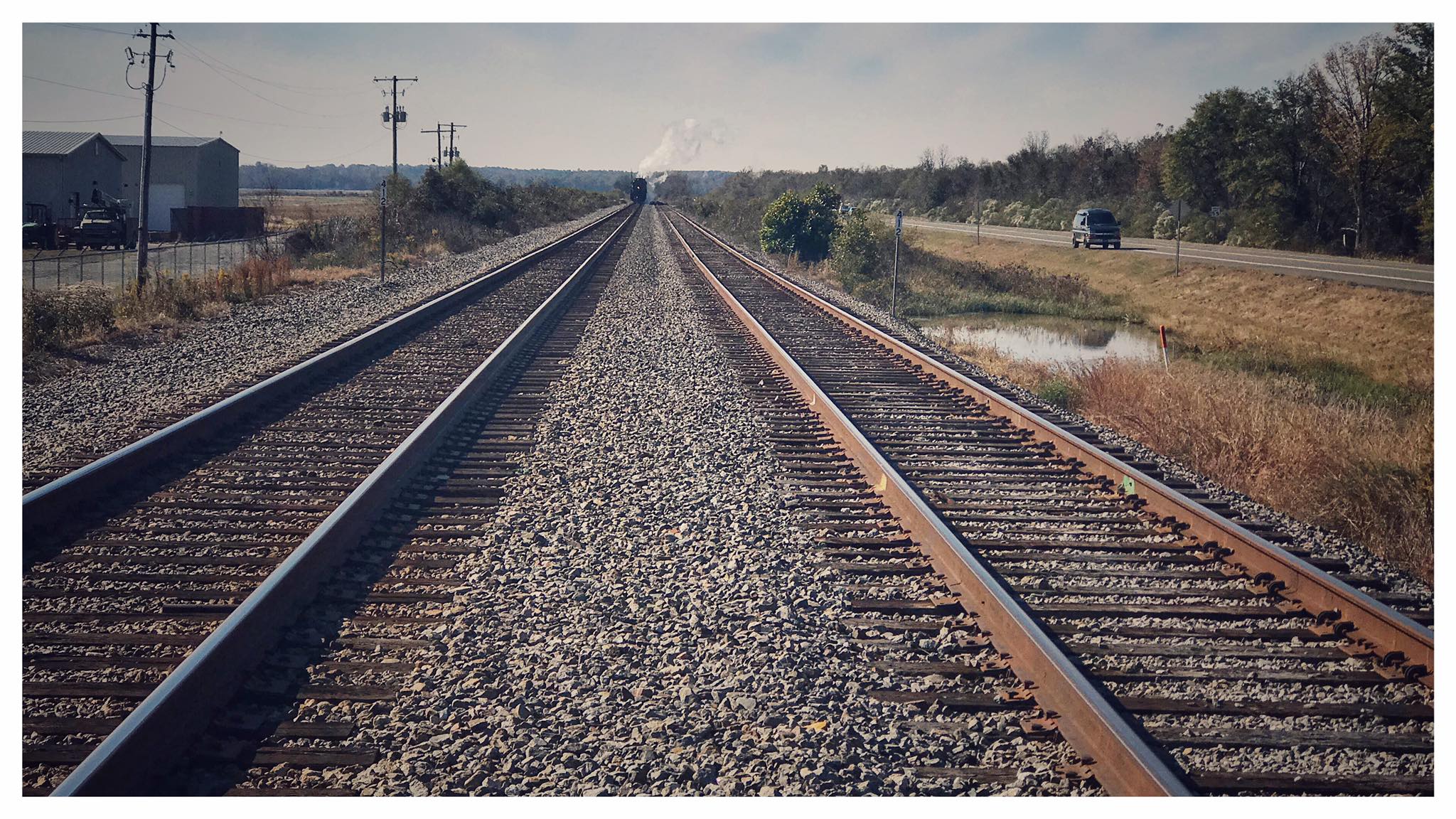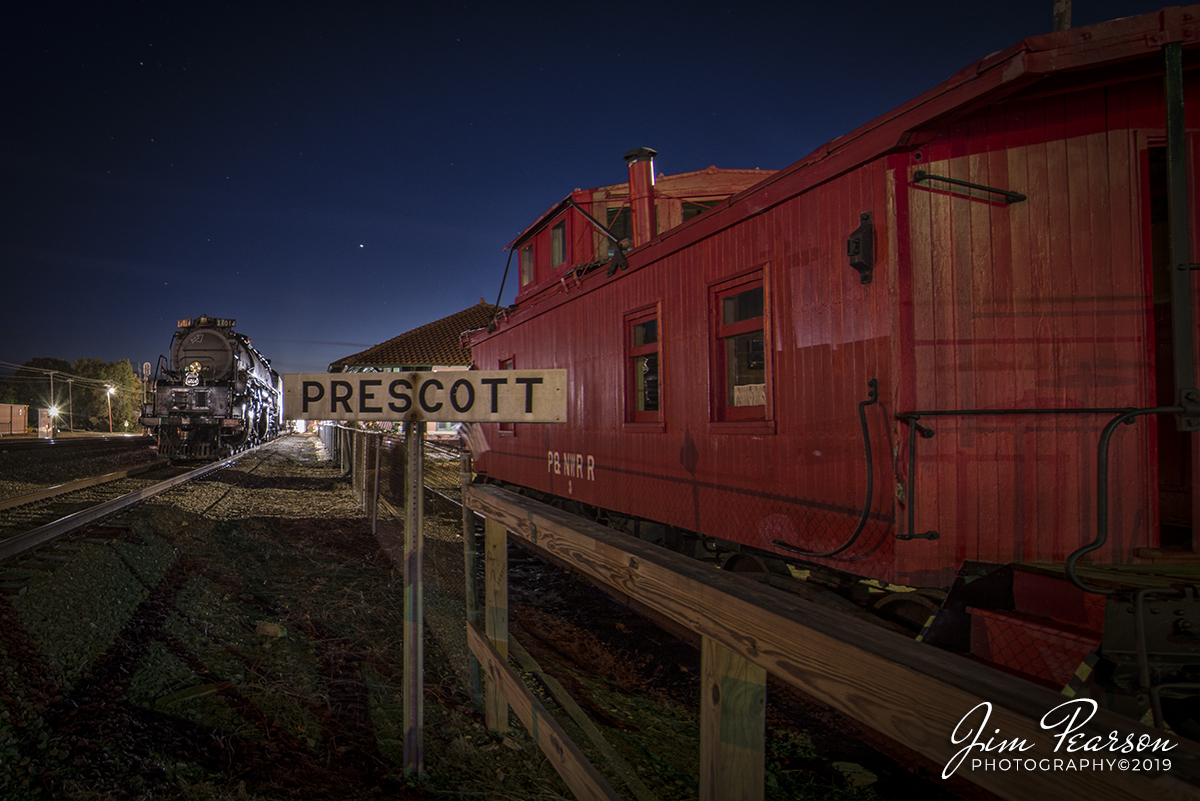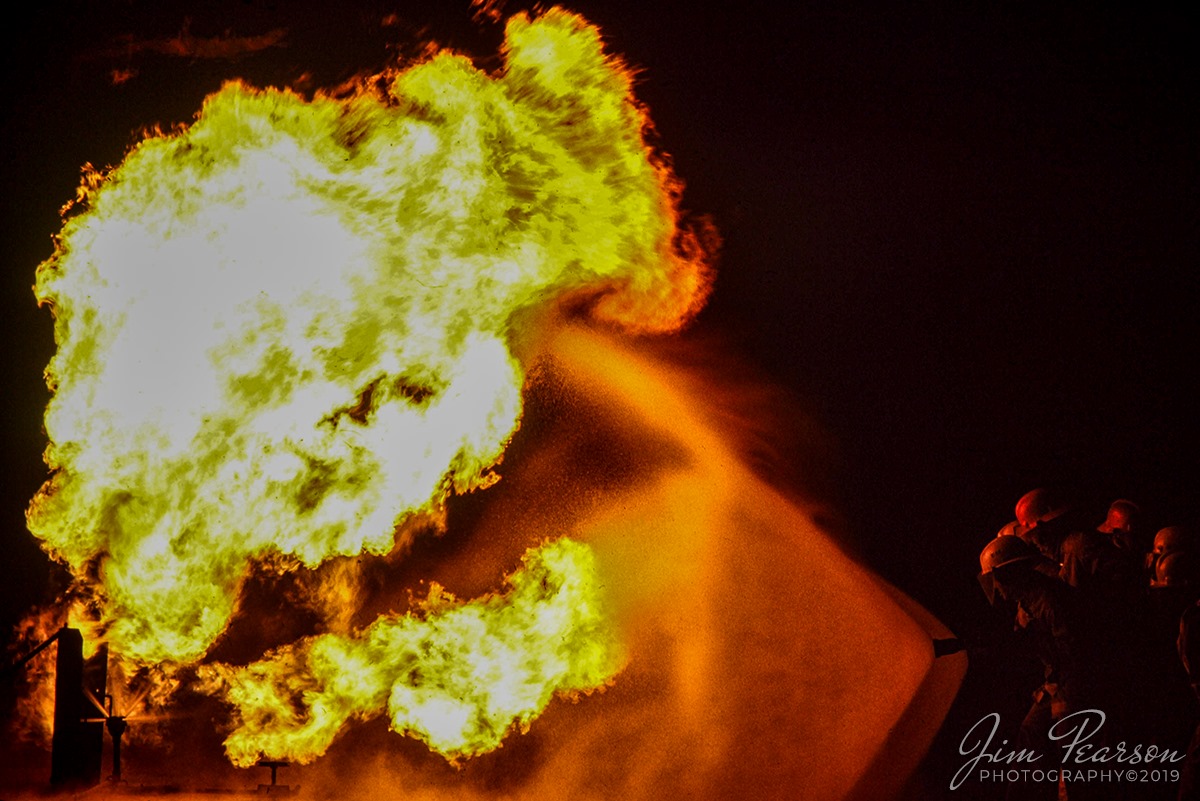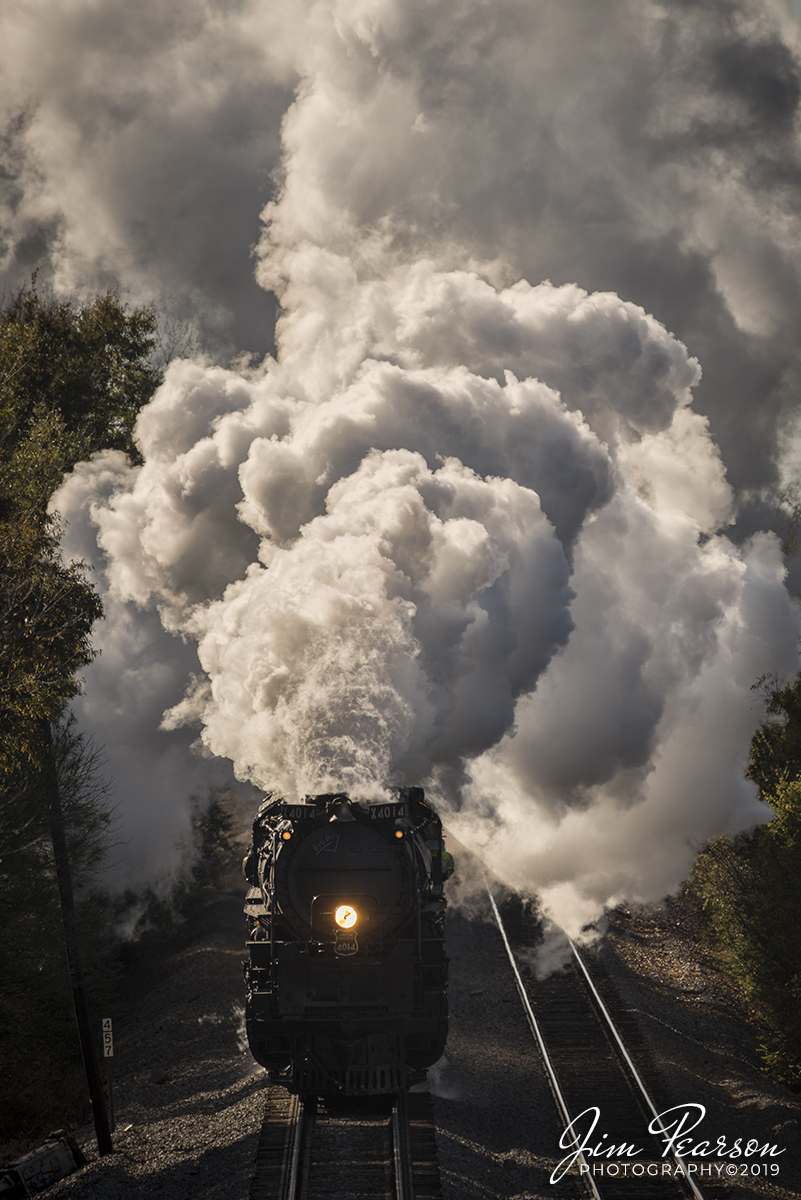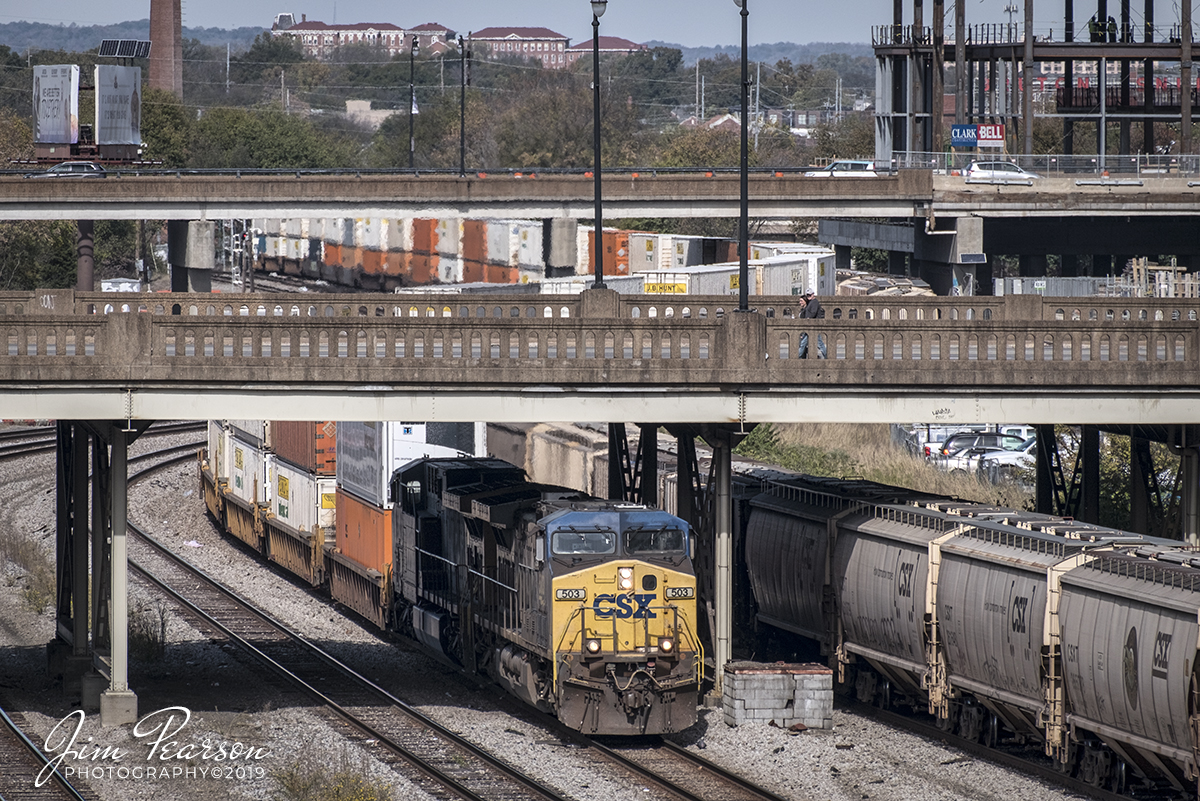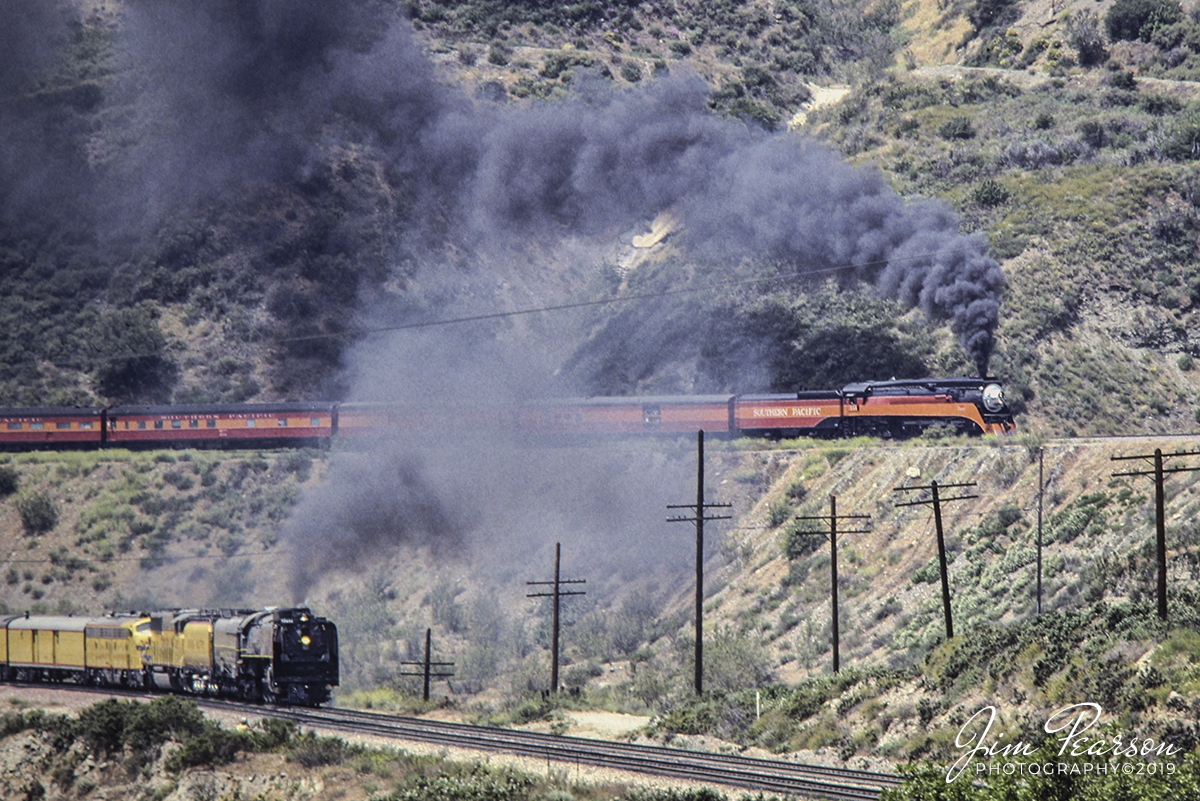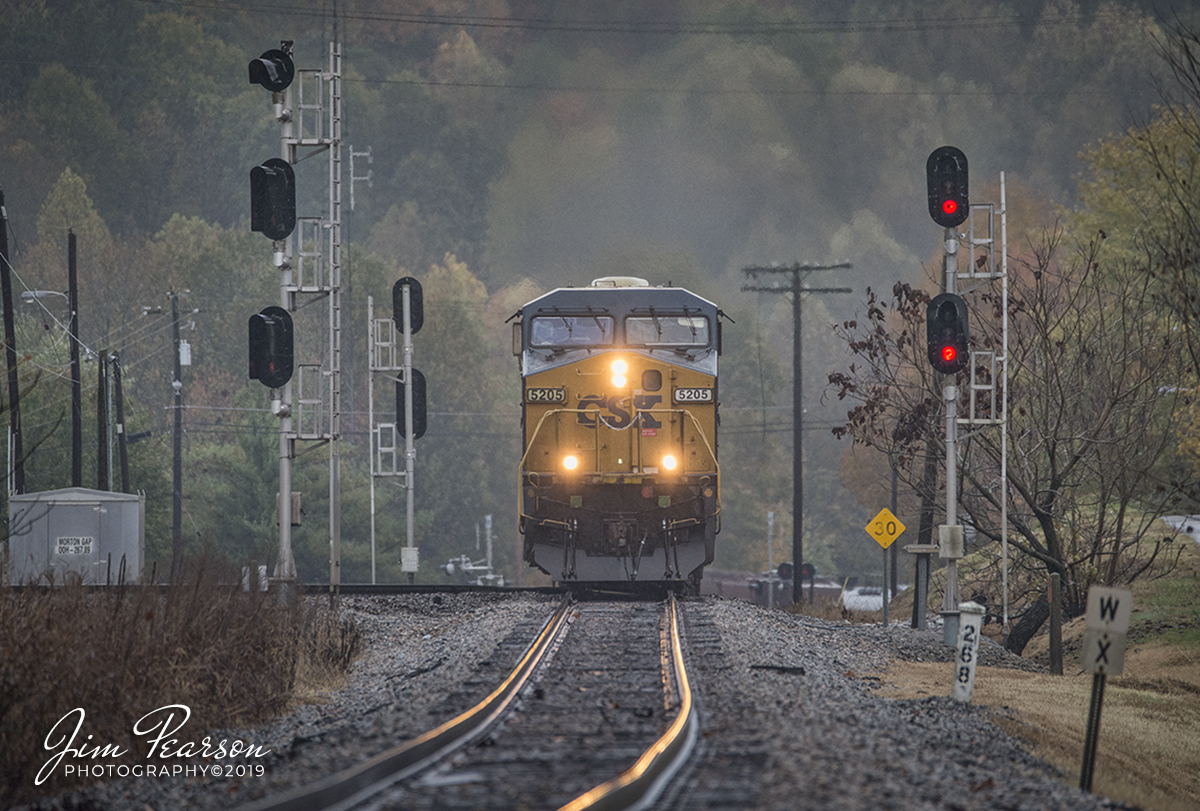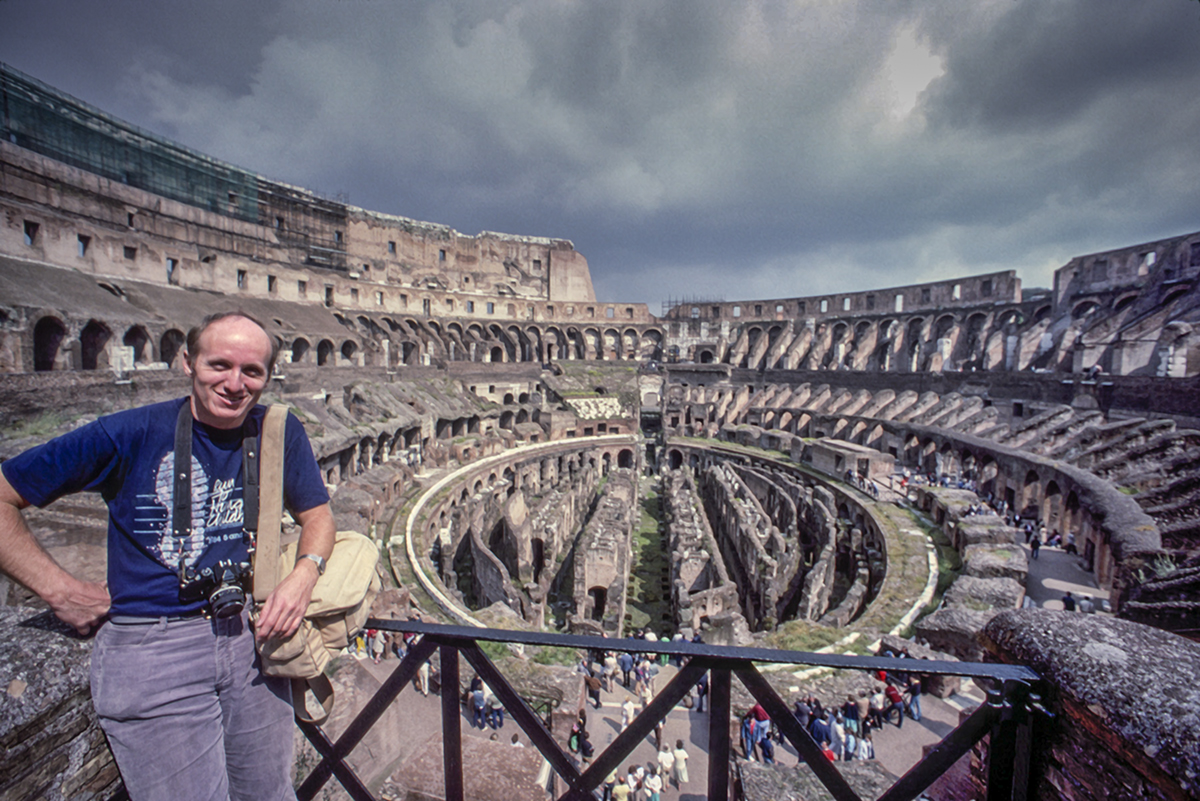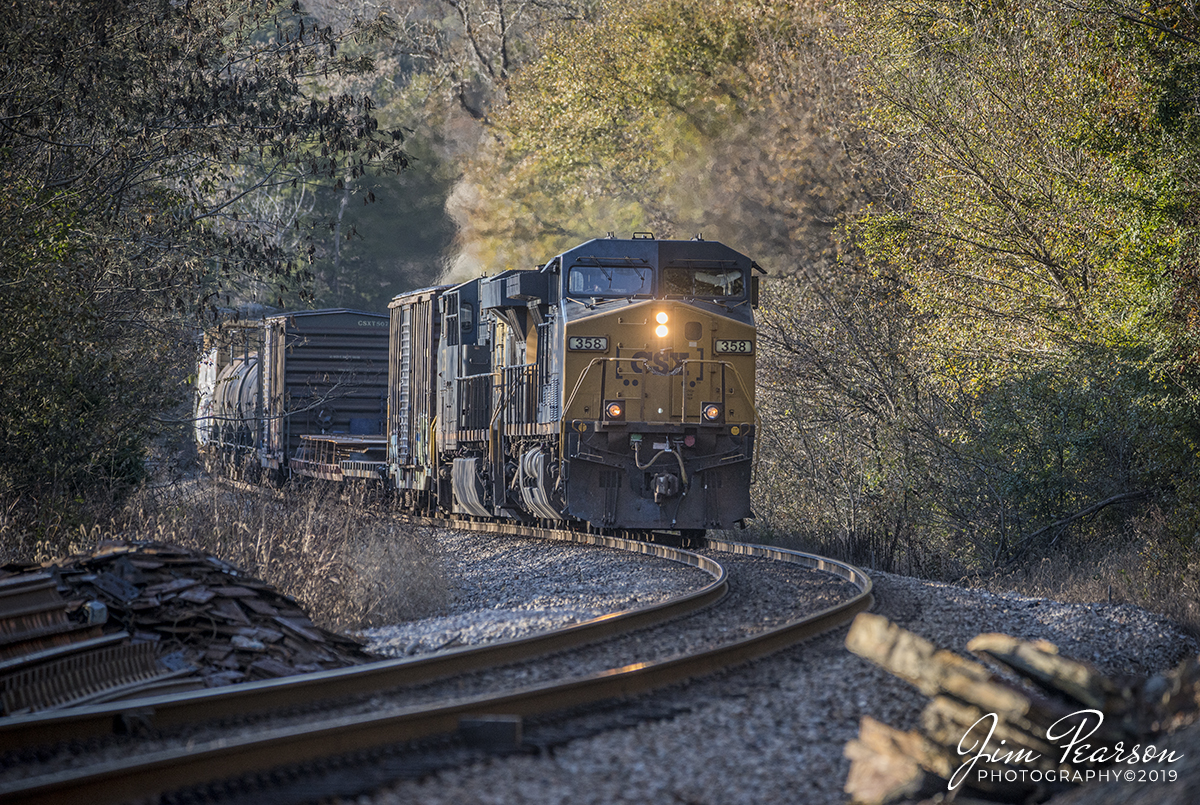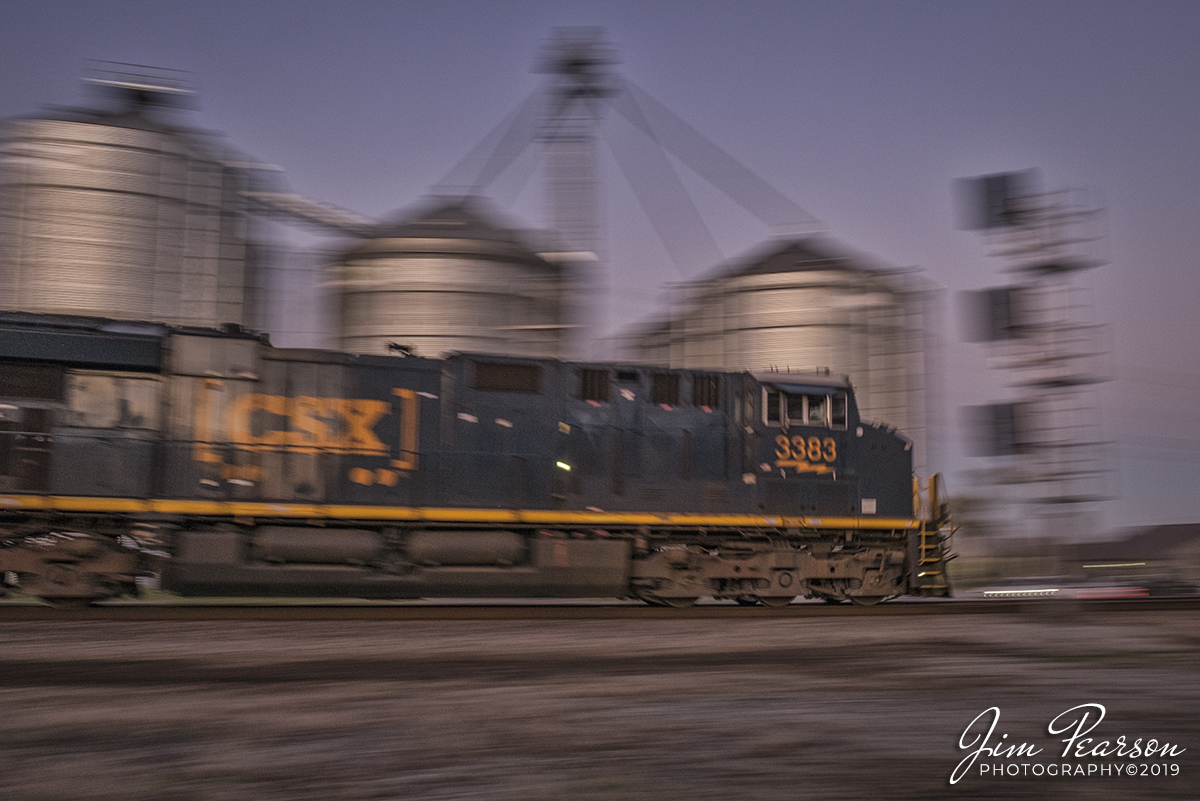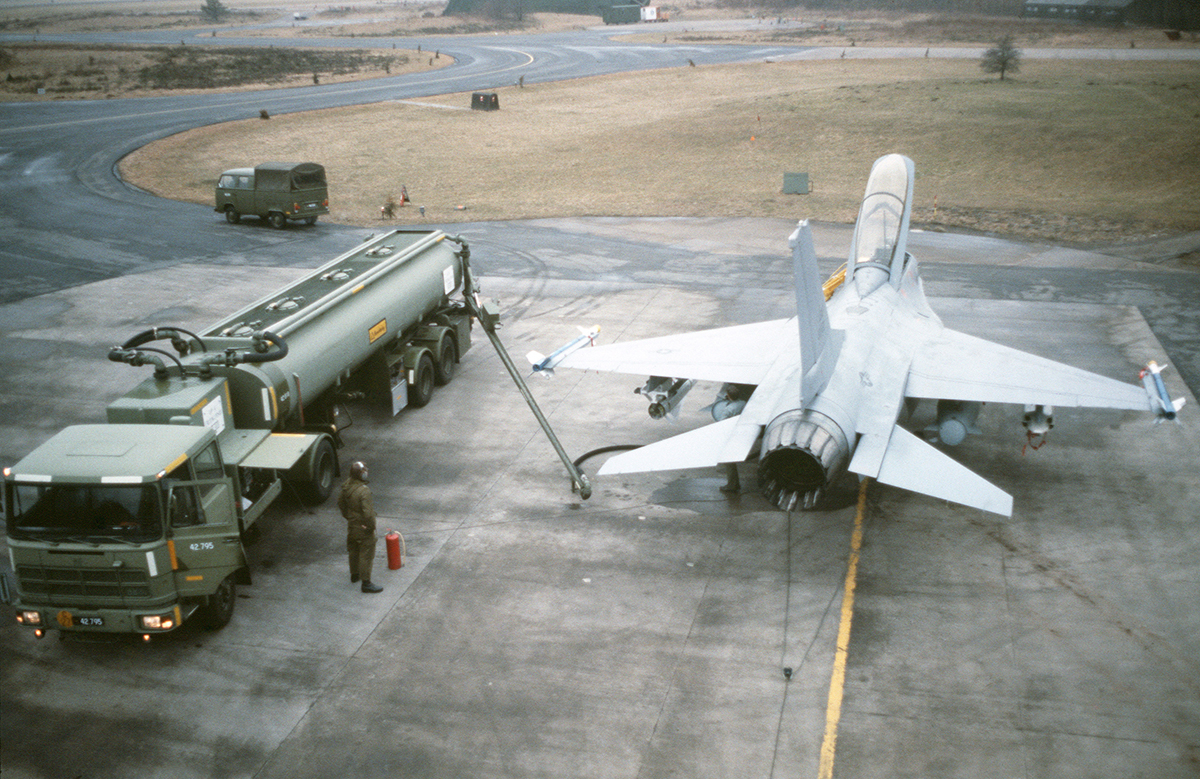November 13, 2019 – Union Pacific’s Race Across the Southwest was on the move again as UP 4014 Big Boy heads through the countryside just north of Prescott, Arkansas on its way north on UP’s Little Rock Subdivision on a beautiful and cold fall morning. As you can tell the cold weather went a long way in producing beautiful plumes of steam!!
Did You Know: As if the 4000s weren’t big enough, the Union Pacific actually contemplated ordering five additional 4-8-8-4s that would be even larger. As World War II dragged on, the U.P. needed additional power on its line to Los Angeles through southwest Utah.
According to an article by historian and artist Gil Bennett (Classic Trains, Spring 2019), plans were on the drawing board to build #4025-4029. This third class of Big Boys was to measure 139 feet, 11 5/8 inches long and weighs just under 1.3 million pounds. All would be oil fired, instead of coal. The locomotive, itself, would be a foot longer than existing Big Boys. The tender was to be extended to just over 54 feet long in order to accommodate a 33,000 gal. water tank.
By comparison, #4014 and it’s tender is 132 feet, 9 7/8 inches long. Its water tank holds 24,000 gals. When the war ended in September 1945, at least a year, if not two, ahead of some predictions, the need for extra steam powered locomotives became a moot point.
The bigger Big Boy idea was dropped and the Union Pacific, like most other major railroads, concentrated on shifting to diesel power.
